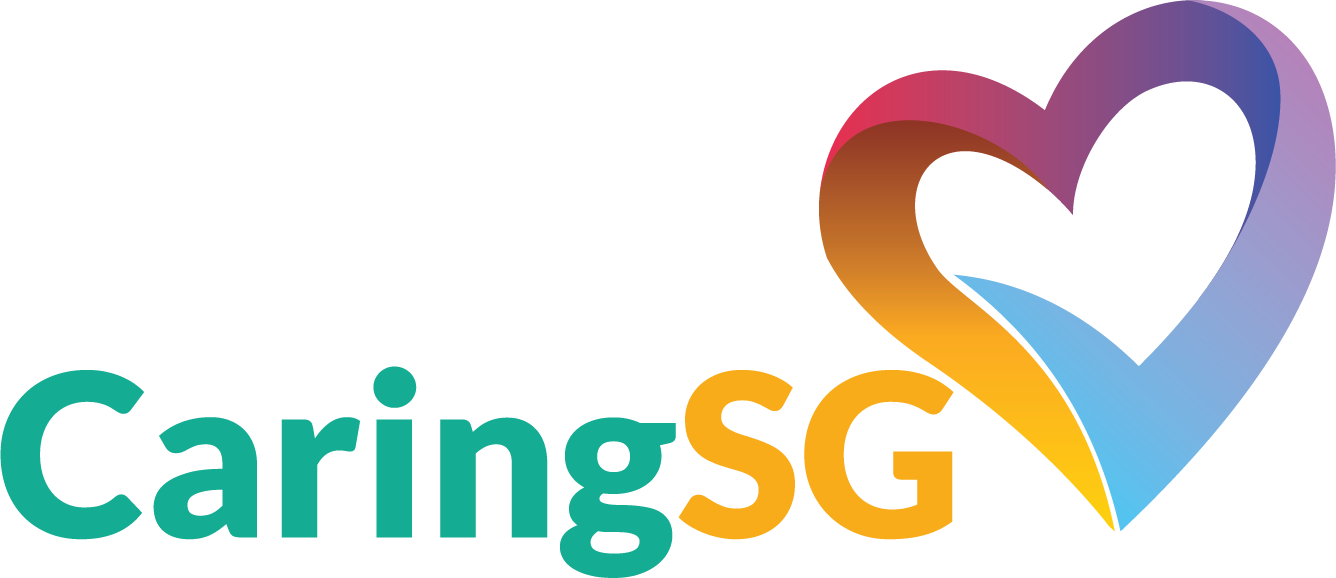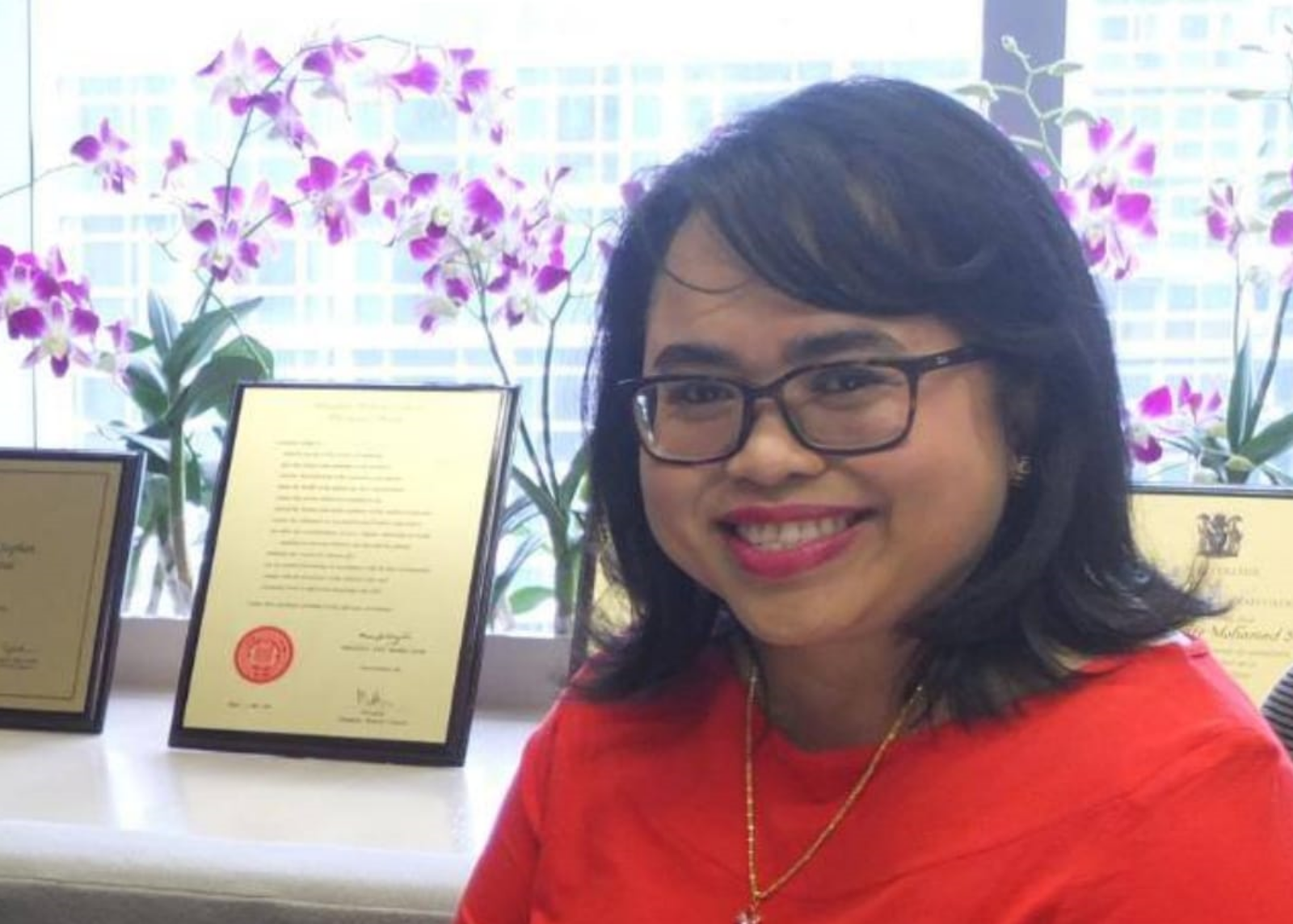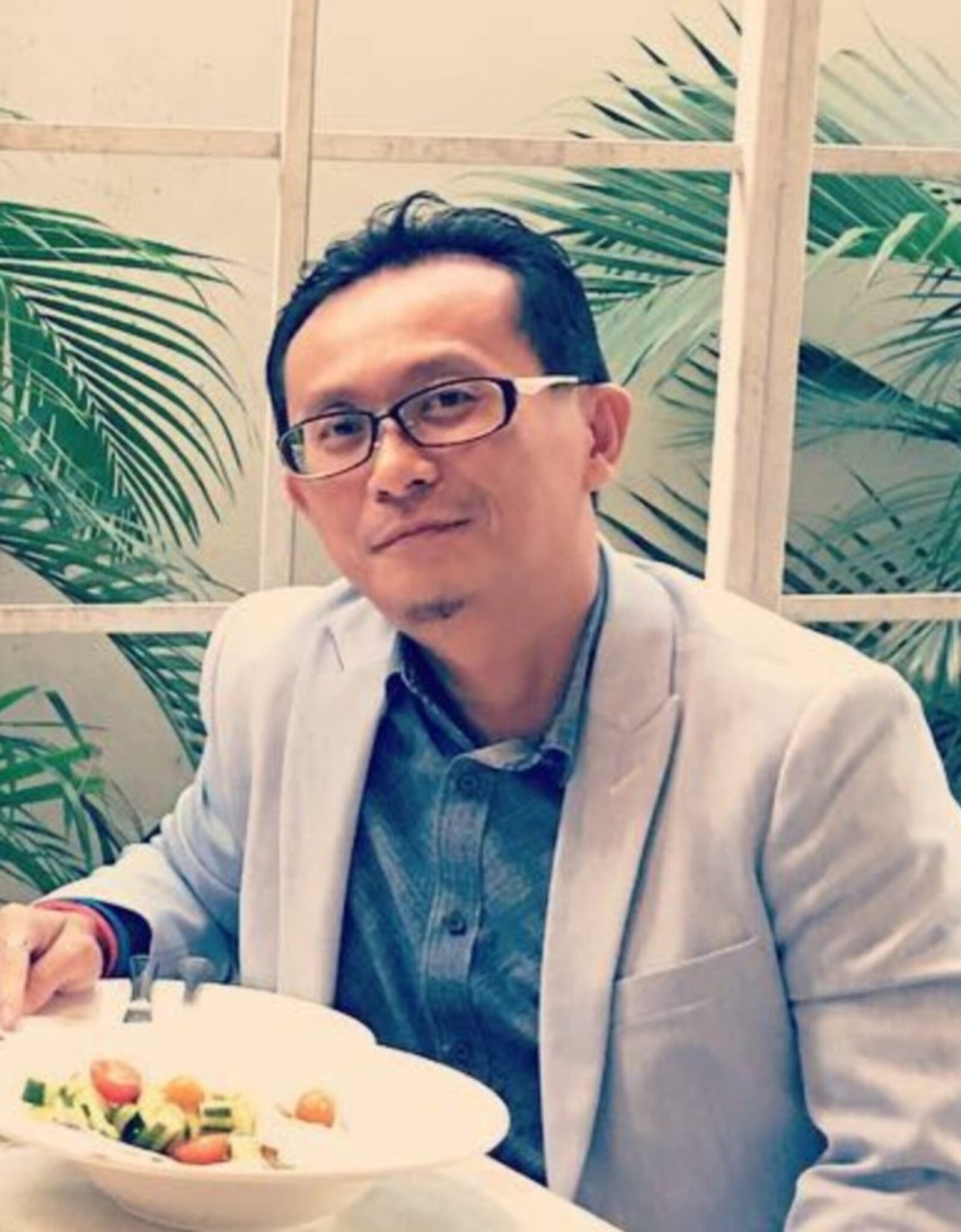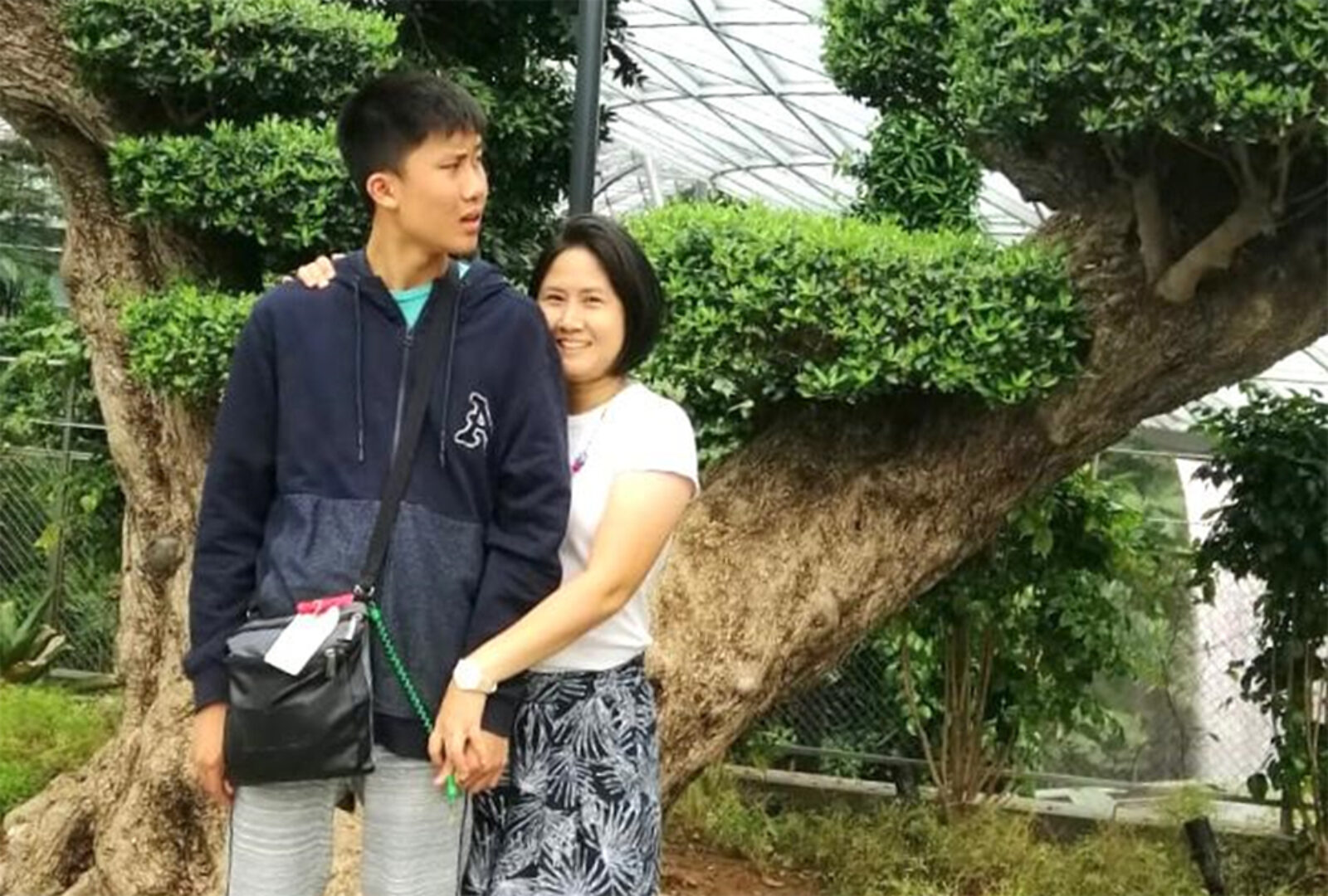Parents Are The Best Advocates – By CAREbuddy Debanjana Bhaumik
Getting the evaluation report/ diagnosis of special needs can be very heartbreaking. Don’t be shy to ask for help. Don’t miss the opportunity of early intervention. These words have always stayed with me, “Parents are the best advocates for their own kids.”
Increasing Awareness, Acceptance, and Inclusivity – from our Board Member, Dr Nurhidayati M Suphan
April is World Autism Month, dedicated to increasing awareness about Autism Spectrum Disorder. The autism community needs acceptance, more crucially, from society at large.
From Despair to Hope, A Caregiver’s Emotional Journey – By Kelvin Seah
Kelvin Seah is a father to two boys. His younger son was diagnosed with autism when he was six. How did he progress from despair to hope?
Walking With Wei Ping, A Special Mum
Walking through Wei Ping’s story as she shared over coffee, was like experiencing the dramatic highs and lows of a caregiver’s emotional journey.
How Do Special Needs Caregivers Survive and Thrive?
Caregiver support groups play a critical role for special needs caregivers by providing us with the networks and resources we need.








